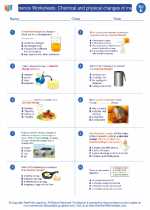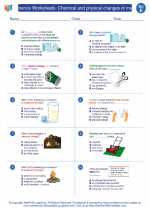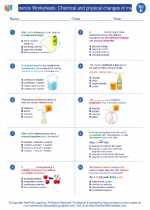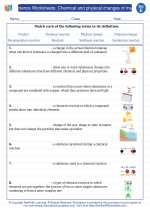Muscle Tissue
Muscle tissue is a specialized tissue in the human body that has the ability to contract, producing movement in the body. There are three types of muscle tissue: skeletal, cardiac, and smooth.
Skeletal Muscle Tissue
Skeletal muscle is attached to the bones of the skeleton and is responsible for voluntary movements such as walking and talking. It is striated, meaning it has a striped appearance under a microscope due to the arrangement of its protein fibers. Skeletal muscle is under conscious control and is the most abundant type of muscle tissue in the body.
Cardiac Muscle Tissue
Cardiac muscle is found only in the heart and is responsible for pumping blood throughout the body. It is also striated but differs from skeletal muscle in that it is involuntary, meaning it contracts without conscious effort. Cardiac muscle cells are interconnected, allowing them to contract in a coordinated manner to produce the rhythmic beating of the heart.
Smooth Muscle Tissue
Smooth muscle is found in the walls of hollow organs such as the stomach, intestines, and blood vessels. It is non-striated, meaning it does not have the striped appearance of skeletal and cardiac muscle. Smooth muscle is also involuntary and is responsible for movements such as peristalsis in the digestive system and regulating the diameter of blood vessels.
Functions of Muscle Tissue
Muscle tissue has several important functions in the body:
- Producing movement
- Maintaining posture and body position
- Stabilizing joints
- Generating heat through the process of shivering
Study Guide
- What are the three types of muscle tissue?
- Which type of muscle tissue is responsible for voluntary movements?
- Where is cardiac muscle tissue found?
- What is the function of smooth muscle tissue in the body?
- What are the functions of muscle tissue in the body?
Answer: The three types of muscle tissue are skeletal, cardiac, and smooth.
Answer: Skeletal muscle tissue is responsible for voluntary movements.
Answer: Cardiac muscle tissue is found only in the heart.
Answer: Smooth muscle tissue is responsible for movements in the walls of hollow organs and regulating the diameter of blood vessels.
Answer: The functions of muscle tissue include producing movement, maintaining posture, stabilizing joints, and generating heat.
[Muscle Tissue] Related Worksheets and Study Guides:
.◂Science Worksheets and Study Guides Fifth Grade. Science Worksheets: Chemical and physical changes of matter

 Worksheet/Answer key
Worksheet/Answer key
 Worksheet/Answer key
Worksheet/Answer key
 Worksheet/Answer key
Worksheet/Answer key
 Vocabulary/Answer key
Vocabulary/Answer key
